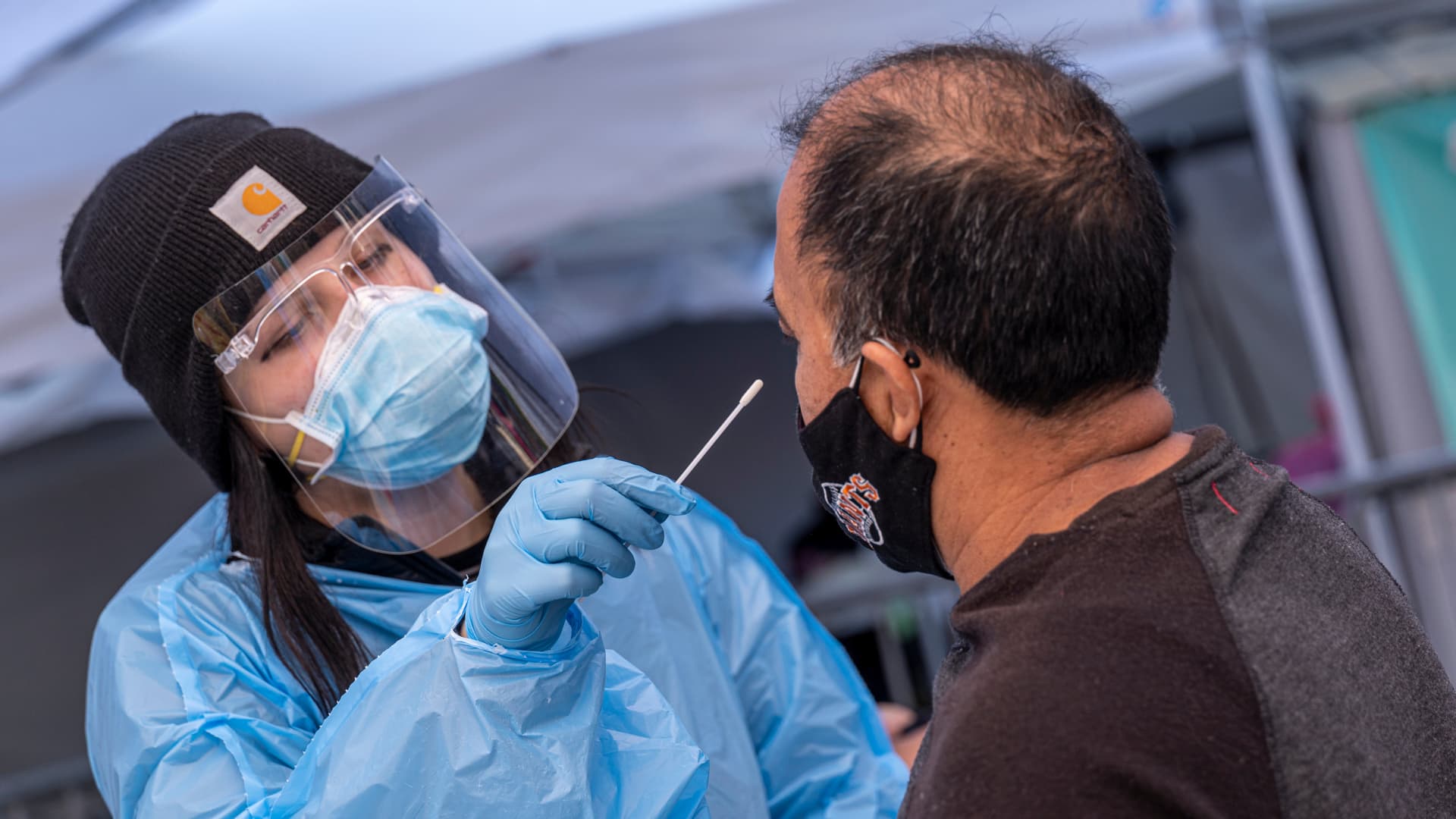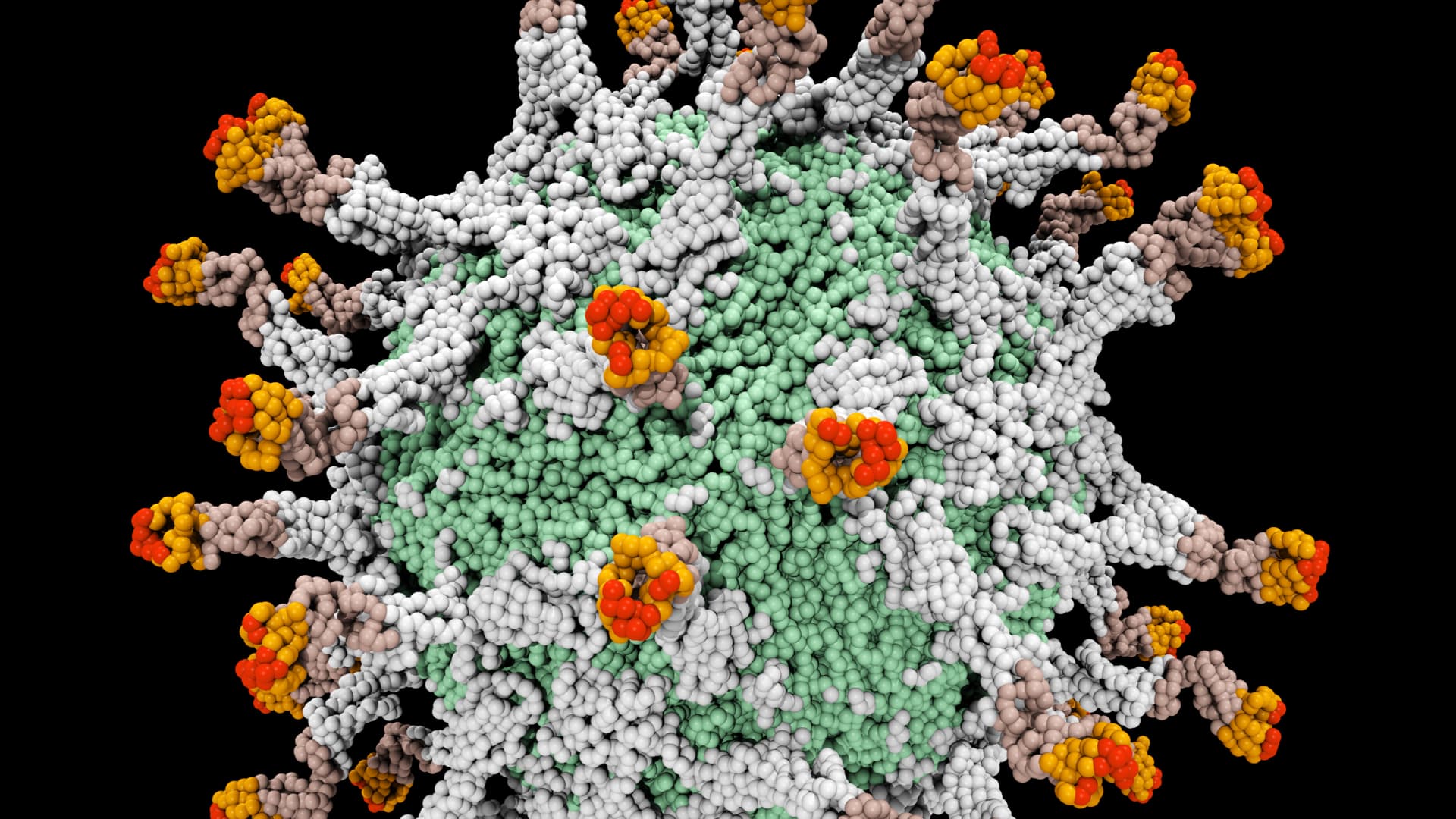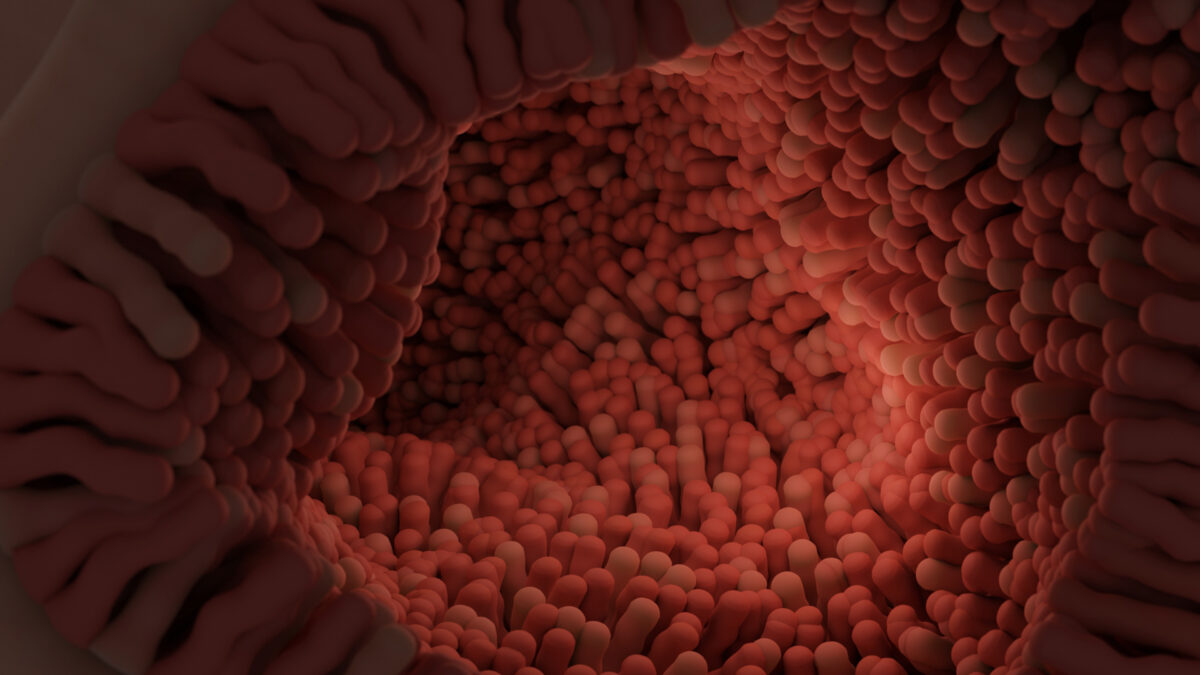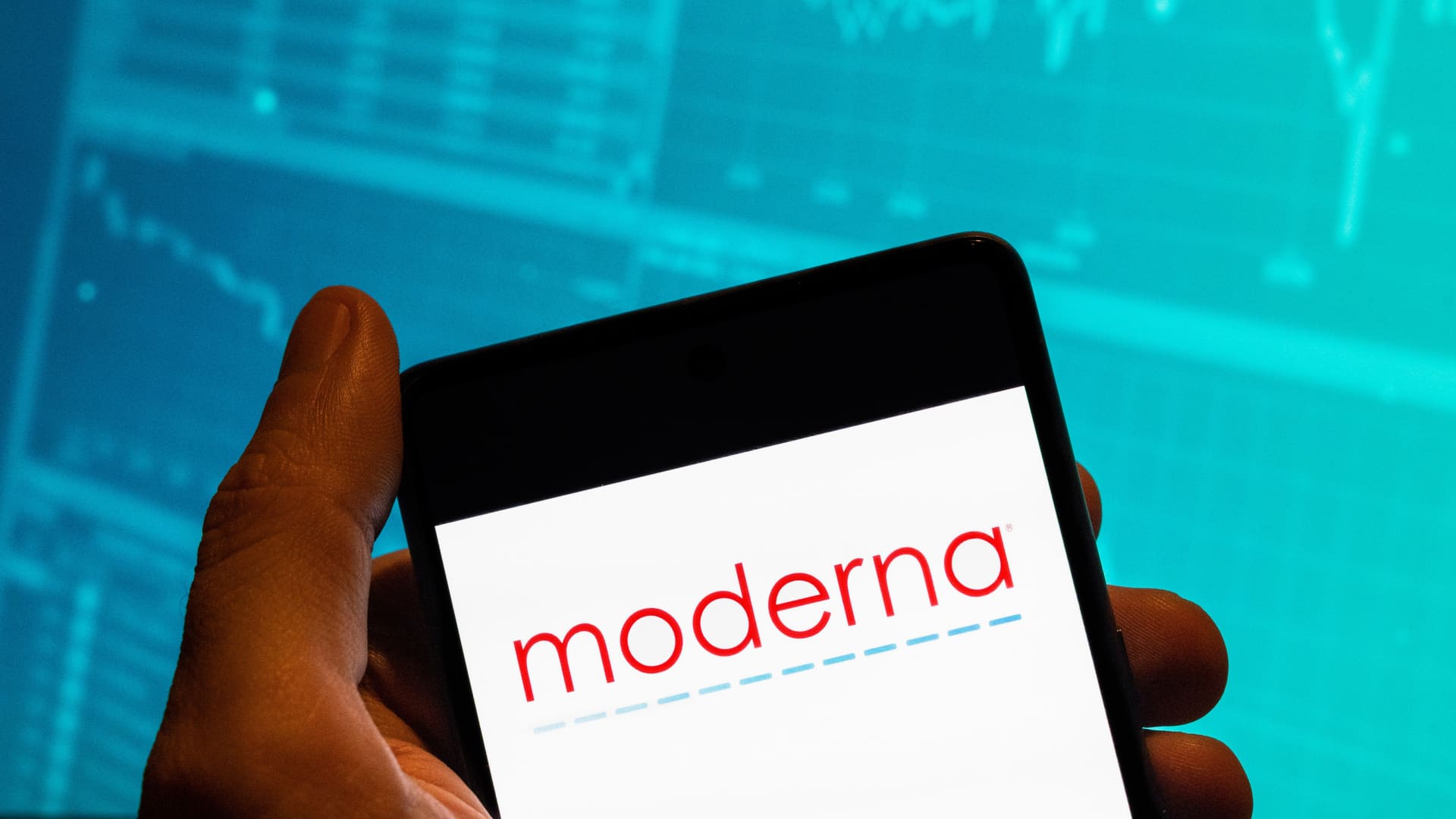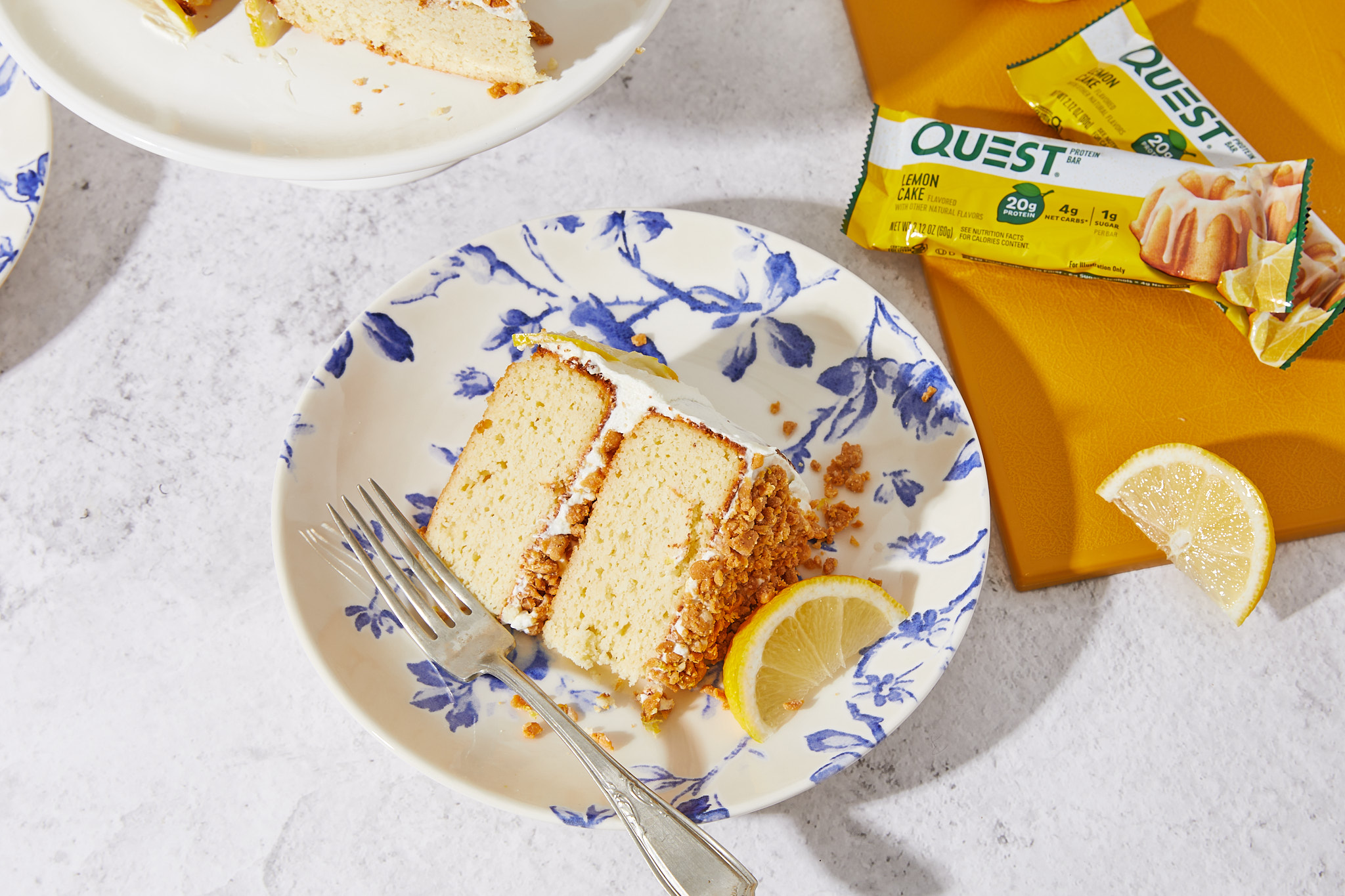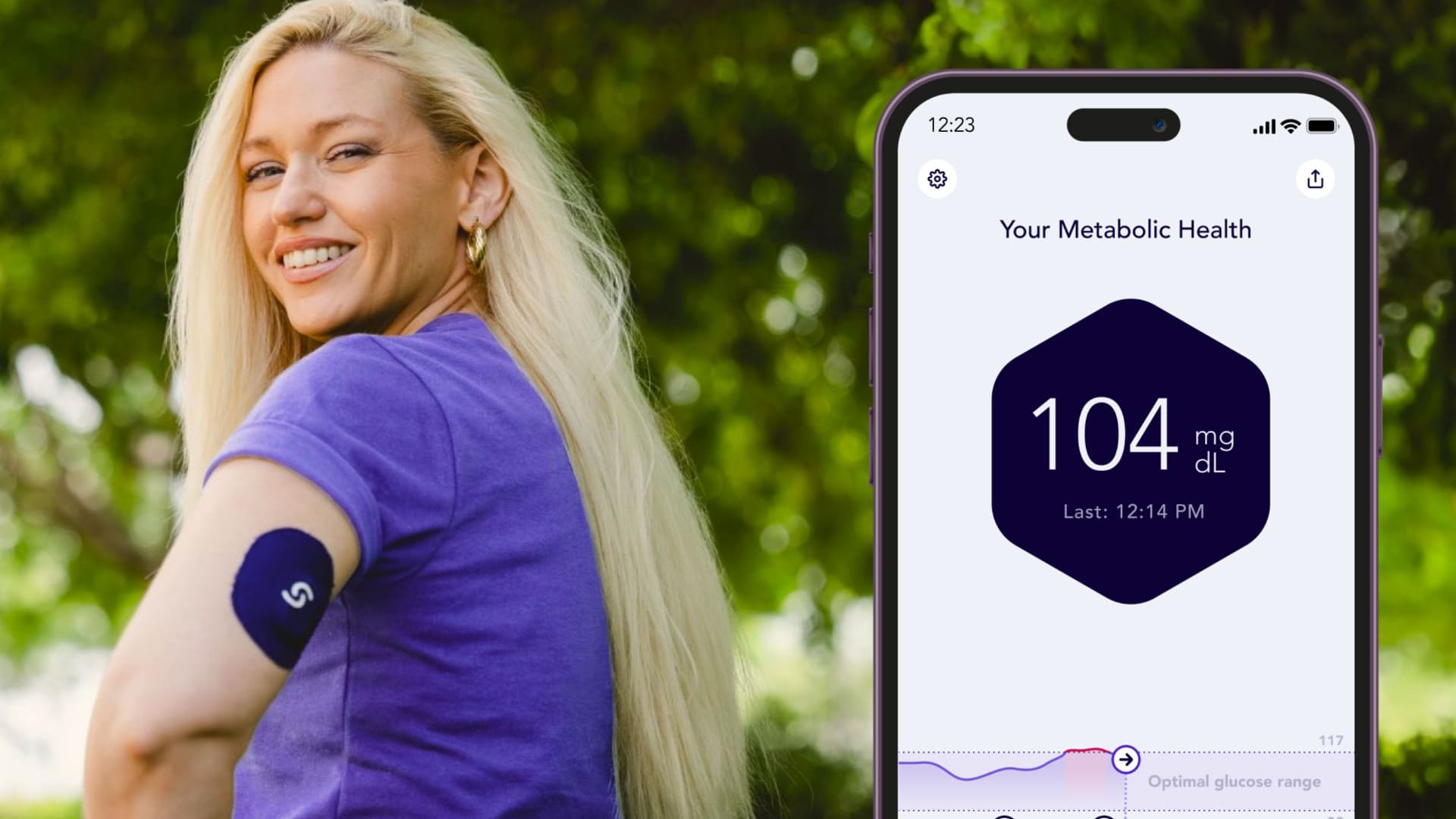Benzoyl Peroxide or Tea Tree Oil for Acne?
What happened when a 5 percent tea tree oil gel was pitted head-to-head against the leading over-the-counter treatment for pimples? “Acne vulgaris remains one of […]
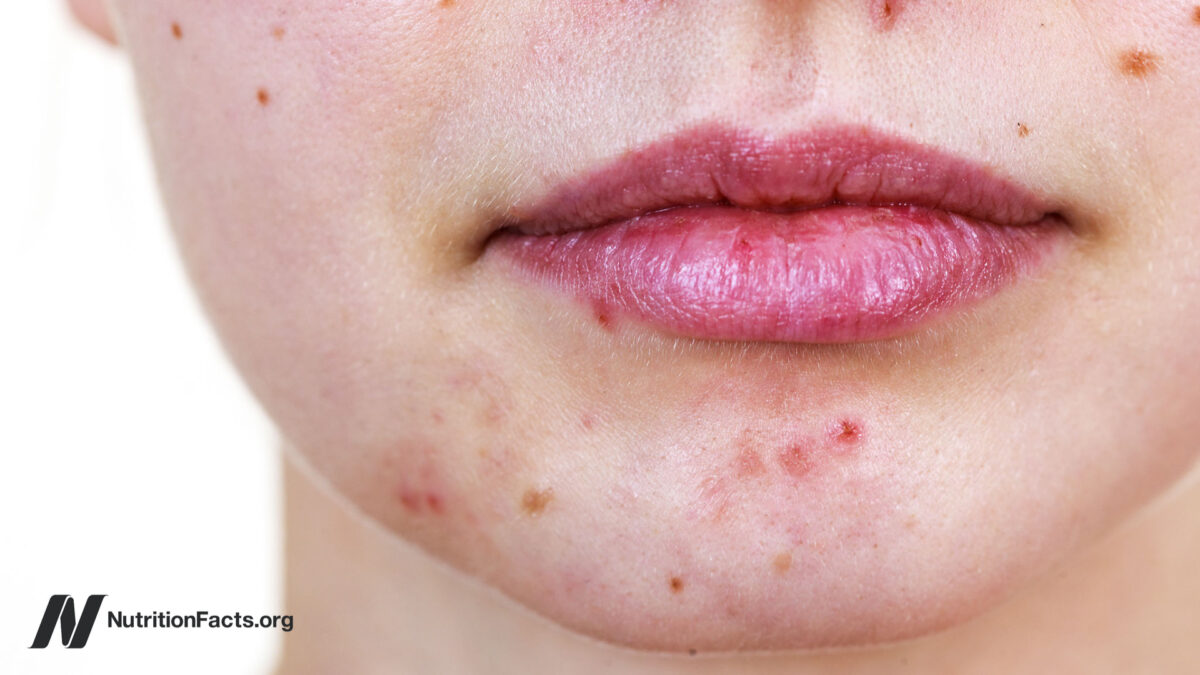
What happened when a 5 percent tea tree oil gel was pitted head-to-head against the leading over-the-counter treatment for pimples?
“Acne vulgaris remains one of the commonest diseases to afflict humanity.” As I discuss in my video Benzoyl Peroxide vs. Tea Tree Oil for Acne, according to some online surveys, tea tree oil appears to be “the second most commonly used topical treatment” for acne after benzoyl peroxide. “Crowdsourcing” may be “a novel research method for evaluation of acne treatments,” but before getting too enamored with popular wisdom, you should know information on facial application of “urine as a home remedy for acne” is also circulating on the internet.
“Urine therapy advocates cite historical use as proof of its therapeutic potential claiming urine not only as a treatment for numerous skin conditions, but also as a ‘free cure’ for many systemic diseases,” apparently forgetting all of the horrific skeletons crowding the closets of medical history. “While recycling what the body intentionally removes may seem counterintuitive to good health,” what about Premarin? (They’re talking about the hormone therapy drug made from PREgnant MARe’s urINe.) The best argument for putting pee on your face appears to be that some women swallow pills made from pregnant horse pee. I’m not exactly following the logic there.
Of course, there are drugs for acne. There are always drugs, as you can see at 1:18 in my video. Though, with drugs come side effects. Antibiotics that suppress the bacteria that cause acne “are the standard treatment…but are becoming less effective probably because of the emergence of antibiotic-resistant strains.” The prevalence of resistant strains has grown rapidly, such that antibiotics for acne are no longer recommended on their own as “mono-therapy” and re-evaluations are advised every six to eight weeks.

Bacteria do seem to be susceptible to tea tree oil in a petri dish, however, but many of these kinds of studies were performed with free-floating bacteria, whereas, in pimples, the bacteria form what’s called a biofilm, which generally makes them more difficult to eradicate. The bacteria form like a “biological glue” that plugs up the follicle, so petri dish studies can only tell you so much.
But, even if tea tree oil couldn’t kill off the bacteria, it has been shown to suppress skin inflammation. Indeed, if you inflame people’s skin with an allergen and then try to calm it down, tea tree oil does a decent job compared to an over-the-counter ointment or a moderate-potency prescription steroid cream. So, potentially, tea tree oil could help with acne either via an antibacterial mechanism or from an anti-inflammatory standpoint. You don’t know…until you put it to the test.
As you can see at 2:38 in my video, a 20 percent tea tree oil gel was applied twice a day in a study, and researchers saw a beautiful drop in acne lesions after one, two, and three months. About 24 pimples at the start of the study down to about 11. The researchers concluded that tea tree oil could “significantly improve mild to moderate acne and that the products were well tolerated,” but the study had fatal flaw. Did you guess? There was no control group.

How do we know the subjects wouldn’t have healed even faster without the tea tree oil? In a systematic review of randomized, clinical trials on tea tree oil, the “most striking finding” is that researchers could hardly find any randomized clinical trials on tea tree oil. Given “the widespread use” of tea tree oil, “this is both disappointing and important to note.”
Researchers finally conducted a randomized, double-blind, placebo-controlled trial of a 5 percent topical tea tree oil gel in mild to moderate acne. As you can see at 3:27 in my video, after six weeks, the tea tree oil group experienced a 40 percent drop in whiteheads and blackheads, a 40 percent drop in red and tender acne bumps, and a 47 percent drop in pus-filled pimples, compared to comparatively little change in the control group. Overall, in terms of total lesion count, the tea tree oil gel was three and a half times more effective than placebo—that is, three and a half times more effective than essentially doing nothing. But, most teens don’t do nothing for their pimples. How does tea tree oil compare to benzoyl peroxide, the gold standard?

By far, benzoyl peroxide is the most popular over-the-counter acne therapy—despite its side effects. It can be irritating, causing “erythema [redness], dryness, peeling, stinging, or burning.” However, the prescription option—the long-term use of topical or oral antibiotics—is discouraged due to the development and spread of antibiotic resistance. As a result, attention has turned to “non-antibiotic products such as tea tree oil.”
Compared to tea tree oil, benzoyl peroxide did cause more side effects, including “dryness, pruritus [itching], stinging, burning, and redness”—but it also worked better, cutting the number of inflamed pimples by two-thirds within three months versus only by half in the tea tree oil group, as you can see at 4:33 in my video. The most recent study found them to be more comparable, though.

Putting all of the studies together, tea tree oil products were not only found to outdo placebo, but they approximate more standard regimens, like benzoyl peroxide or topical antibiotics, suggesting tea tree oil products may be “an appropriate option for treating mild-to-moderate acne.”

 AbJimroe
AbJimroe 







